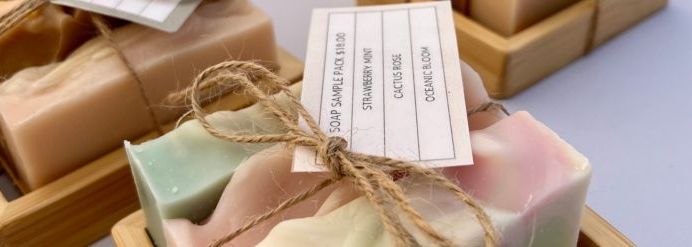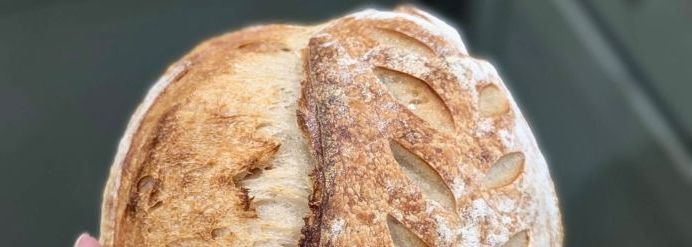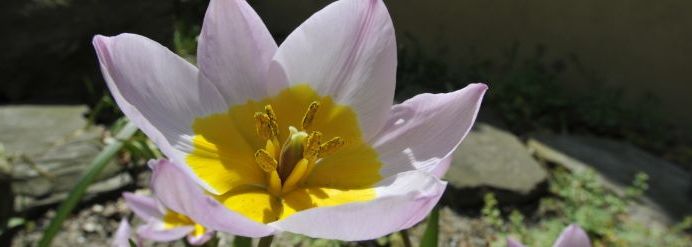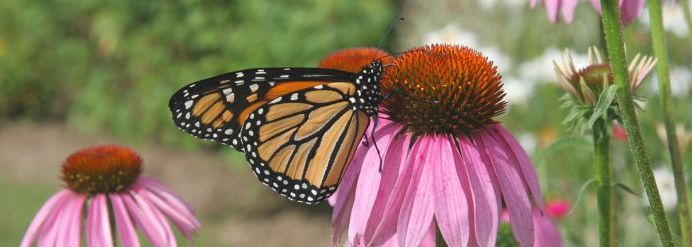Although fall is the time most gardening comes to an end, Swiss chard is a hardy plant that can thrive in the colder autumn months in Gretna, Nebraska. Its vibrant, colorful stalks and nutrient-rich leaves make it a favorite among gardeners, even as the temperatures begin to drop. Despite its resilience, Swiss chard can sometimes face a few challenges affecting its growth and appearance. If you’re experiencing issues with your Swiss chard plant, here are some tips to help you troubleshoot and resolve common problems!
Leaf spots and yellowing
One of the most common issues gardeners face with Swiss chard is yellowing leaves or the appearance of spots on the foliage. Various fungal or bacterial infections, including downy mildew, leaf spot or rust can cause this.
How to fix it:
Improve air circulation
Ensure your plants are spaced adequately to allow for good airflow. Overcrowded plants are more susceptible to fungal infections.
Remove infected leaves
At the first sign of infection, remove any affected leaves to prevent the disease from spreading.
Water properly
Avoid overhead watering and instead water at the base of the plant to keep the leaves dry and reduce the risk of fungal growth.
Use organic fungicides
If the issue persists, consider using an organic fungicide like neem oil to treat the infection.
Stunted growth
If your Swiss chard is struggling to grow or looks smaller than expected, it may be due to poor soil conditions or a lack of nutrients. Swiss chard is a heavy feeder, requiring plenty of nutrients to grow vigorously.
How to fix it:
Enrich the soil
To ensure your plants get enough nutrients, add organic compost or a balanced fertilizer to the soil before planting and throughout the growing season.
Check soil pH
Swiss chard thrives in slightly acidic to neutral soil with a pH between 6.0 and 7.0. Test your soil and adjust if necessary using lime to raise the pH or sulfur to lower it.
Water regularly
Consistent watering is crucial for Swiss chard. Ensure your plants get enough water, especially during dry spells, but be careful not to overwater, which can cause root problems.
Bolting
Bolting occurs when a plant prematurely flowers and sets seed, often resulting in bitter-tasting leaves. Swiss chard typically bolts in response to prolonged heat or stress, though it’s generally more resistant to bolting than other leafy greens like spinach.
How to fix it:
Plant at the right time
Swiss chard thrives in cooler temperatures, so plant it in late summer or early fall to avoid the hottest months.
Mulch
Apply a layer of organic mulch around the base of your plants to keep the soil cool and retain moisture.
Harvest regularly
Regularly harvesting the outer leaves of Swiss chard can encourage continued growth and reduce the risk of bolting.
Pests: aphids, leaf miners, and slugs
Swiss chard can sometimes fall victim to common garden pests, including aphids, leaf miners, and slugs. Aphids suck sap from the leaves, leaf miners tunnel through the foliage, and slugs munch on the plant's tender parts, leaving behind holes.
How to fix it:
Aphids
Spray the plants with a strong jet of water to dislodge aphids, or use insecticidal soap to treat infestations.
Leaf miners
Remove and discard any leaves with visible tunnels, a sign of leaf miner larvae. Floating row covers can also help prevent these pests from laying eggs on your plants.
Slugs
Use natural slug repellents such as diatomaceous earth, copper tape, or even crushed eggshells around the base of your plants to deter slugs.
Overwatering and underwatering
Swiss chard can be sensitive to inconsistent watering, which can lead to problems like root rot (from overwatering) or wilting (from underwatering). Finding the right balance is key to maintaining healthy plants.
How to fix it:
Water consistently
Swiss chard prefers evenly moist soil. Water your plants deeply once or twice a week, adjusting based on rainfall. Make sure the soil drains well to prevent root rot.
Mulch to retain moisture
A layer of mulch can help retain moisture in the soil, reducing the risk of both overwatering and underwatering.
Have success with your Swiss chard in Gretna, Nebraska
Swiss chard is a robust and versatile vegetable that can thrive well into the fall, but like any plant, it can face challenges. Whether you’re dealing with pests, diseases, or growth issues, addressing the root cause early can help ensure a healthy and productive crop. By following these tips, you’ll be able to enjoy vibrant Swiss chard from your garden in Gretna, Nebraska long after other vegetables have finished their growing season!















